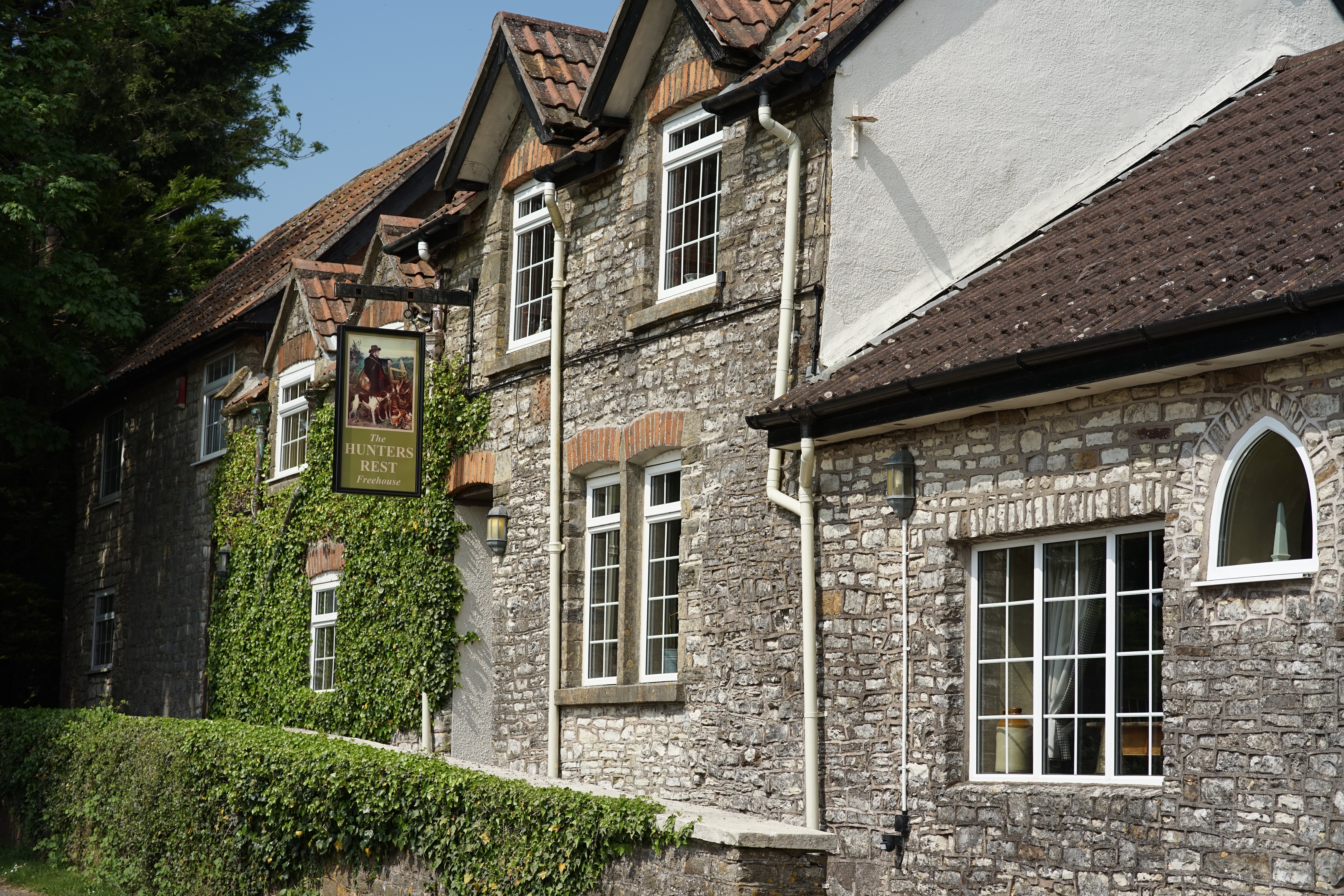Digital Camera World Verdict
Bearing either a Samyang or Rokinon badge, this 75mm f/1.8 lens for Sony E-mount cameras achieves its goal of shoehorning impressive image quality, speedy autofocus and high-end handling into a very compact and lightweight package. Indeed, it weighs in at just 230g, whereas the competing Sony 85mm f/1.8 is about 50 per cent heavier, and the Zeiss Batis 85mm f/1.8 is almost twice as heavy.
Pros
- +
Impressive performance
- +
Compact and lightweight
- +
Competitively priced
Cons
- -
Not weather-sealed
- -
Corner-sharpness could be better
Why you can trust Digital Camera World
It should go without saying that a major attraction of ‘compact system cameras’ is that they’re compact. But all too often, the bonus of a slim, lightweight body is overshadowed by chunky, heavyweight lenses. In the summer of 2017, Samyang literally set about redressing the balance with the first of a ‘tiny but almighty’ series of autofocus lenses for mirrorless cameras. For Sony E-mount bodies, the first of these was the AF 35mm f/2.8 FE, which has since been followed by 18mm f/2.8, 24mm f/2.8 and 45mm f/1.8 lenses.
The 75mm f/1.8 is the latest in the line-up – and as usual is marketed under both the Rokinon and Samyang brands (which you will find the more easily will depend on where you live in the world).
Specifications
Names: Samyang AF 75mm f/1.8 FE / Rokinon AF 75mm f/1.8 FE
Mount: Sony E (full-frame)
Lens construction: 10 elements in 9 groups
Angle of view: 32.9 degrees
Diaphragm blades: 9
Minimum aperture: f/22
Minimum focusing distance: 0.69m
Maximum magnification ratio: 0.13x
Filter size: 58mm
Dimensions: 65x69mm
Weight: 230g

Key features
75mm and 85mm prime lenses have an ideal focal length for portraiture and still life photography. They’re also highly useful whenever you need a short telephoto lens with a ‘fast’ aperture rating, either for gaining a tight depth of field or for maintaining fast shutter speeds under low lighting conditions.
It’s easy to get carried away with aperture ratings and there’s certainly a proliferation of f/1.4 and even f/1.2 prime lenses for mirrorless cameras on the market. However, they tend to be large, heavyweight optics that feel at odds with the mirrorless ethos. Samyang has gone with an f/1.8 aperture as well as reducing the focal length from the more common 85mm to a more historically popular 75mm for this lens, both factors enabling a smaller, more lightweight build.
The net result is a short telephoto prime that measures just 65x69mm and weighs a mere 230g. The filter thread is similarly small at 58mm. Even so, the lens packs in plenty of high-end attractions. The optical path comprises 10 elements which include no less than three ED (Extra-low Dispersion) elements and two HR (High Refractive index) elements. The overall aim is for high levels of sharpness, along with minimal colour fringing and distortion.
Autofocus is courtesy of a linear stepping motor system, seeking to take advantage of the fast autofocus options in Sony’s latest mirrorless cameras, while also being near-silent in operation. As usual, it comes with an electronically coupled focus ring.

Build and handling
Although something of a featherweight, the Samyang feels solid and well-built. The metal mounting plate, high-quality barrel and plastic petal shaped lens hood are all perfectly durable, and the lens comes complete with a tight-fitting zippered case.
The focus ring operates smoothly and, unlike with some stepping motor-driven lenses, it’s well damped so rotation isn’t too free and easy. Better still, there are dual operating modes available via a ‘Custom mode’ switch on the side of the barrel. By default, mode 1 enables manual focusing or manual override of autofocus, whereas mode 2 gives the option of aperture control without click steps. Samyang says that other custom mode options will be made available via future firmware updates.

Performance
Living up to its billing, autofocus is fast and accurate. Sharpness across most of the image frame is very impressive even when shooting wide-open at f/1.8, although it drops off a fair bit at the edges. At their widest apertures fast prime lenses often suffer from noticeable axial (longitudinal) chromatic aberration, also referred to as ‘bokeh fringing’. The Samyang does well to minimize this, so colour fringing around the edges of objects in a scene that are in front of or behind the point of focus are quite negligible. Bokeh itself is fairly smooth but not quite as creamy as from most 85mm f/1.4 lenses. It remains pretty good when stopping down a little, thanks to a well-rounded nine-blade diaphragm.
Even when uncorrected, lateral chromatic aberration is barely noticeable. There’s a little pincushion distortion, while vignetting (darkened image corners) can be apparent at wide aperture settings. Automatic in-camera corrections are available for all of these aberrations.

Shot at f/1.8 and f/5.6, this pair of shots shows the comparative depth of field, and demonstrates that centre-sharpness remains very good when shooting wide-open.

Lab data
We run a range of lab tests under controlled conditions, using the Imatest Master testing suite. Photos of test charts are taken across the range of apertures and zooms (where available), then analyzed for sharpness, distortion and chromatic aberrations.
We use Imatest SFR (spatial frequency response) charts and analysis software to plot lens resolution at the center of the image frame, corners and mid-point distances, across the range of aperture settings and, with zoom lenses, at four different focal lengths. The tests also measure distortion and color fringing (chromatic aberration).
Sharpness

Sharpness is excellent across most of the frame but drops off a bit at the extreme edges and corners, throughout the aperture range.
Fringing

There’s very minimal lateral chromatic aberration at wide apertures, although it creeps up a bit in the corners at medium to narrow settings.
Distortion: 0.32
Pincushion is fairly slight and will usually go unnoticed in real-world shooting, especially in portraiture and still-life images.

These four images show the effect of in-camera corrections for distortion, and for shading at f/1.8



Verdict
This lens fulfills its promise, enabling you to carry a fast, short telephoto prime without bulking up your kit or being weighed down. It also delivers a particularly well-balanced shooting experience on mirrorless camera bodies. Image quality is highly impressive, autofocus is fast and reliable, and the dual-mode focus/aperture control ring is a handling bonus. Best of all, the lens delivers all this at a very attractive selling price, making it great value for money.
Read more:
The best Sony lenses in 2020: top lenses for Sony mirrorless and Alpha cameras
The best Sony camera in 2020: from Cyber-shots through to Sony Alphas
What is a prime lens?
Matthew Richards is a photographer and journalist who has spent years using and reviewing all manner of photo gear. He is Digital Camera World's principal lens reviewer – and has tested more primes and zooms than most people have had hot dinners!
His expertise with equipment doesn’t end there, though. He is also an encyclopedia when it comes to all manner of cameras, camera holsters and bags, flashguns, tripods and heads, printers, papers and inks, and just about anything imaging-related.
In an earlier life he was a broadcast engineer at the BBC, as well as a former editor of PC Guide.



